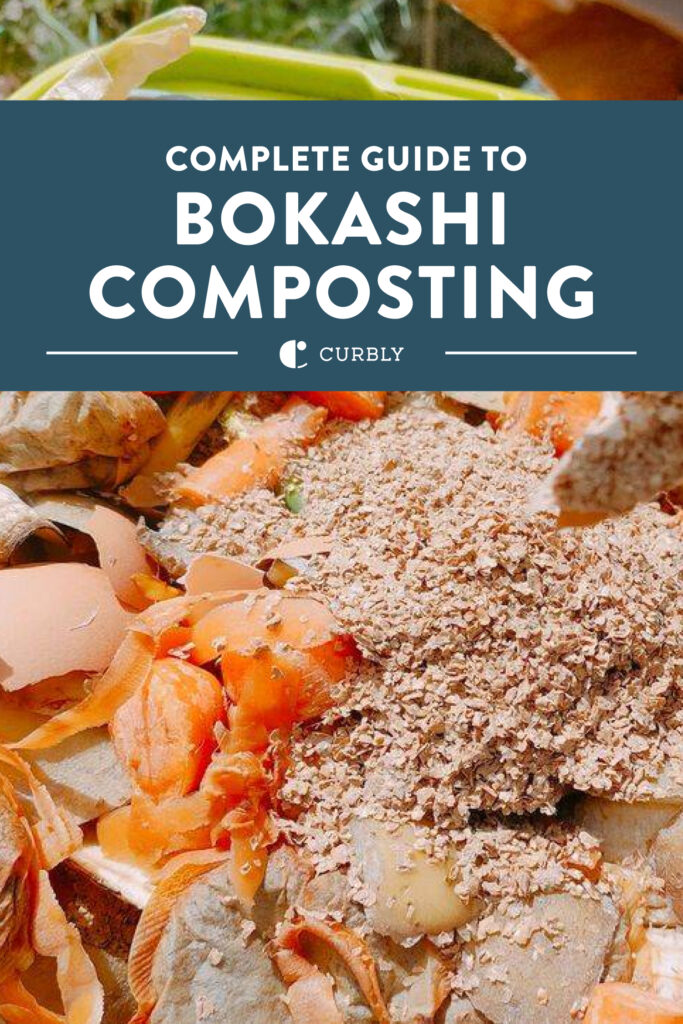This post contains affiliate links.
If you’re a current or future gardening enthusiast, Bokashi composting is an eco-friendly way to go! This composting method is a great way to cut down on food waste while also sprucing up your garden. As you’re reading, you’ll discover the whimsical world of Bokashi composting. It’s cool, compact, and a more unconventional way to turn everyday kitchen scraps into reusable nutrient-rich soil.
Be sure to grab your favorite garden gloves; we’re about to get our hands dirty (in a good way, of course).
Table of contents
What’s the Deal with Bokashi?
First off, you might be wondering, “What’s Bokashi, and why is it way cooler than traditional composting?” Well, you’re in the right place. Bokashi is a Japanese word that means “fermented organic matter.” It’s the brainchild of Dr. Teruo Higa, who wanted a faster and more versatile way to recycle kitchen scraps and boost soil health in Okinawa, Japan, in the early 1980s.
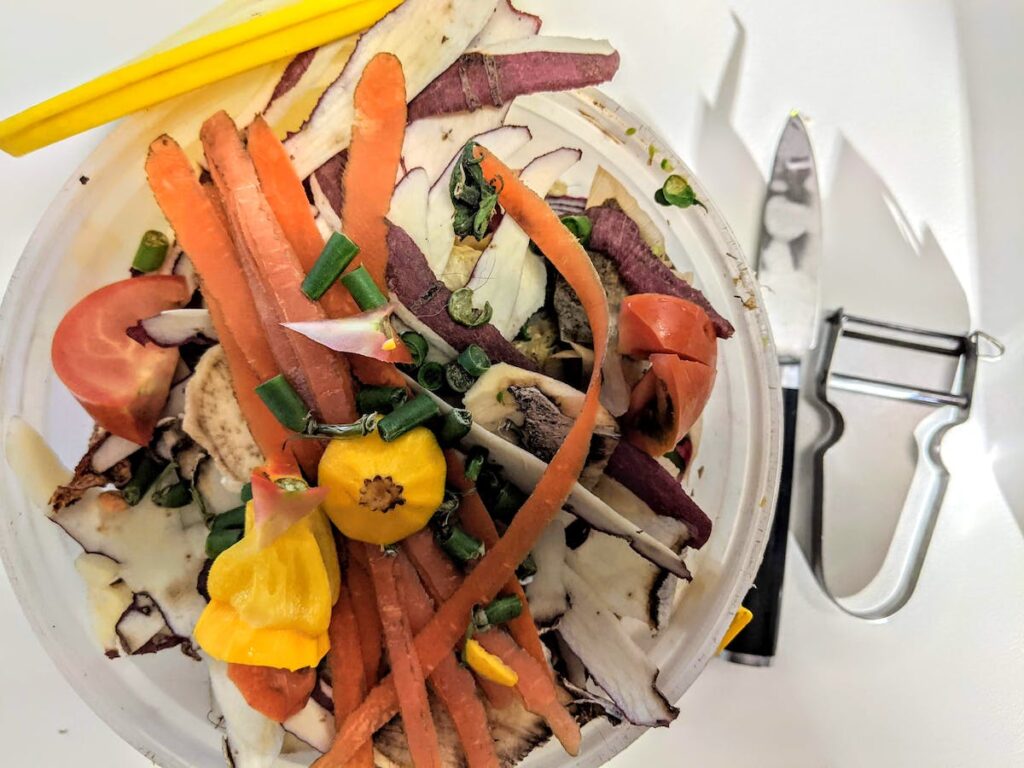
Unlike a traditional compost pile (like the one you might have in your backyard), Bokashi composting happens in a sealed container without any oxygen required. Using an anaerobic fermentation process, it works like a charm for all types of organic materials, including the food scraps that usually end up in the trash. Bokashi welcomes all kitchen waste with open arms.
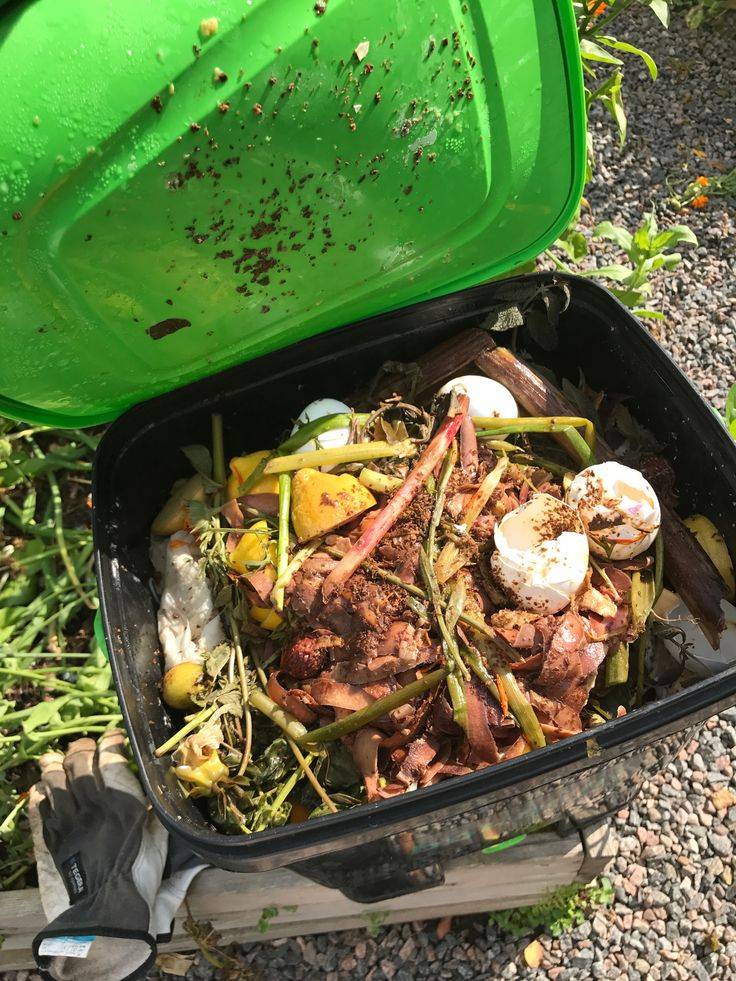
Why Should You Bokashi?
Sure, on the surface, Bokashi composting is an environmentally friendly composting method, but it’s also so much more. Let’s break it down:
Super Speed – Traditional composting can take months to turn food scraps into compost. Bokashi, on the other hand, can do it in just a few weeks. That’s like going from slow-motion to hyperspeed in the blink of an eye.
No Wasteful Waste – Bokashi lets you recycle everything, and I mean everything. Meat, dairy, and even those pesky citrus peels that most compost bins reject. It reduces food waste since everything is used for another purpose instead of being thrown away.
Smell the Roses, Not the Trash – Bokashi composting is almost odorless. You can say goodbye to those unsavory stenches that can plague your regular compost bin.
Space Saver – Do you live in an apartment? Bokashi bins are compact and can happily live indoors. No more trips to the garden in the rain.
Nutrient Ninja – Bokashi retains more nutrients in the Bokashi pre-compost, meaning your garden gets a hearty meal every time you feed it.
What You’ll Need to Get Started
Alright, let’s kickstart this Bokashi adventure with a little preparation. There’s a few things you’ll need to get everything going:
1. Bokashi Bin
Your Bokashi bin is the star of this show. You’ll need a container with a snug-fitting, airtight lid. You can buy one or go DIY – upcycling is always a win in the eco-world if you’re looking for an easy option.
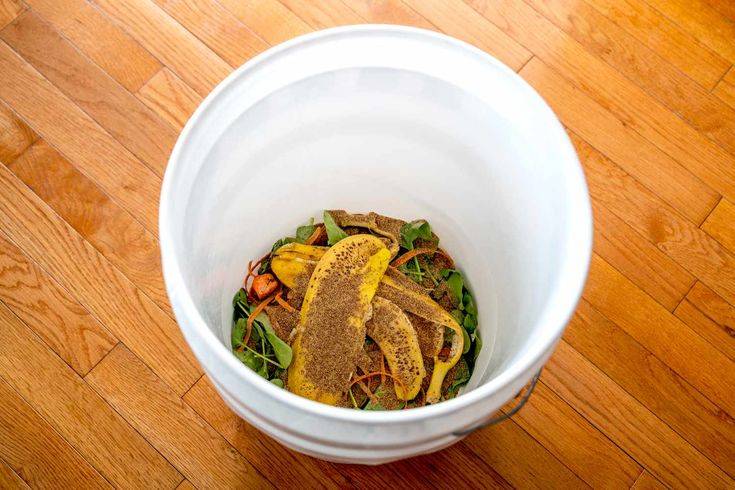
2. Bokashi Bran
This is the lifeblood of Bokashi composting, boasting a flaky, loose consistency. Bokashi bran is packed with effective microorganisms (EM), like lactobacillus and yeast, to break down food quickly and get the fermentation party going.
Check out this 2-gallon bag of All Seasons Bokashi Compost on Amazon.
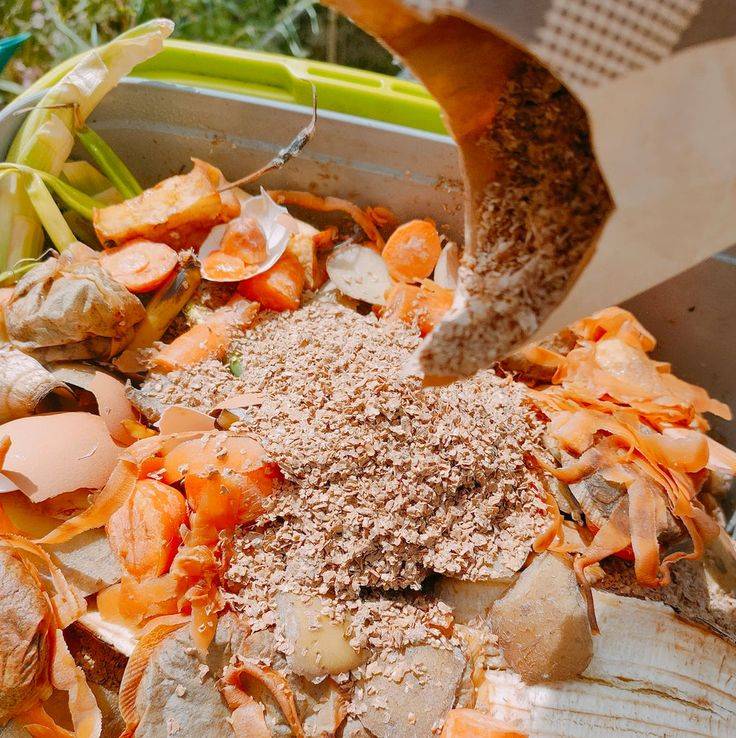
3. Kitchen Scraps
Your kitchen scraps are the main ingredients—collect fruit and veggie peels, coffee grounds, eggshells, and even those bones from your last BBQ.
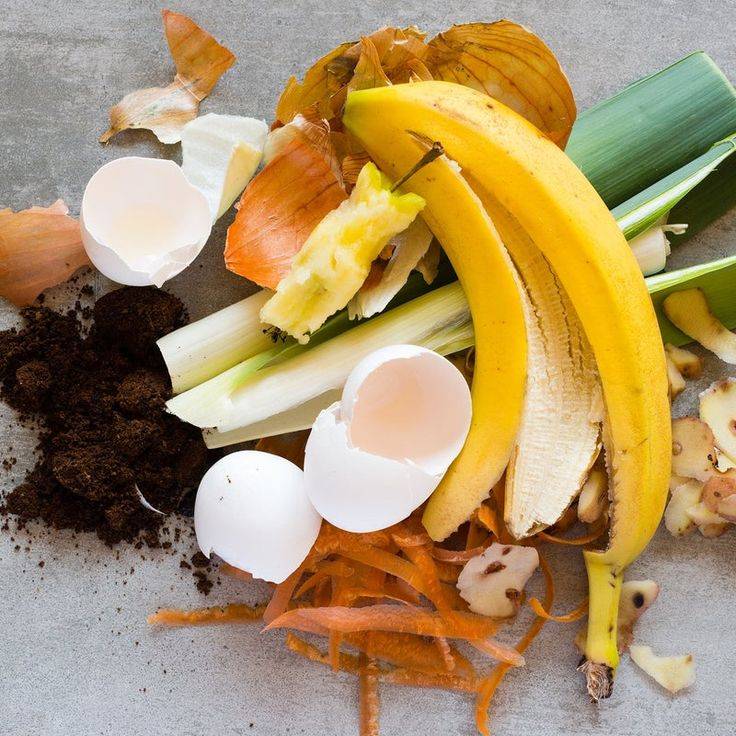
4. Airtight Lid
To create an oxygen-free environment, you’ll want your bin to have an airtight lid. If you don’t already have a gallon bucket available, you can purchase a Bokashin bin like the one below at TeraGanix.
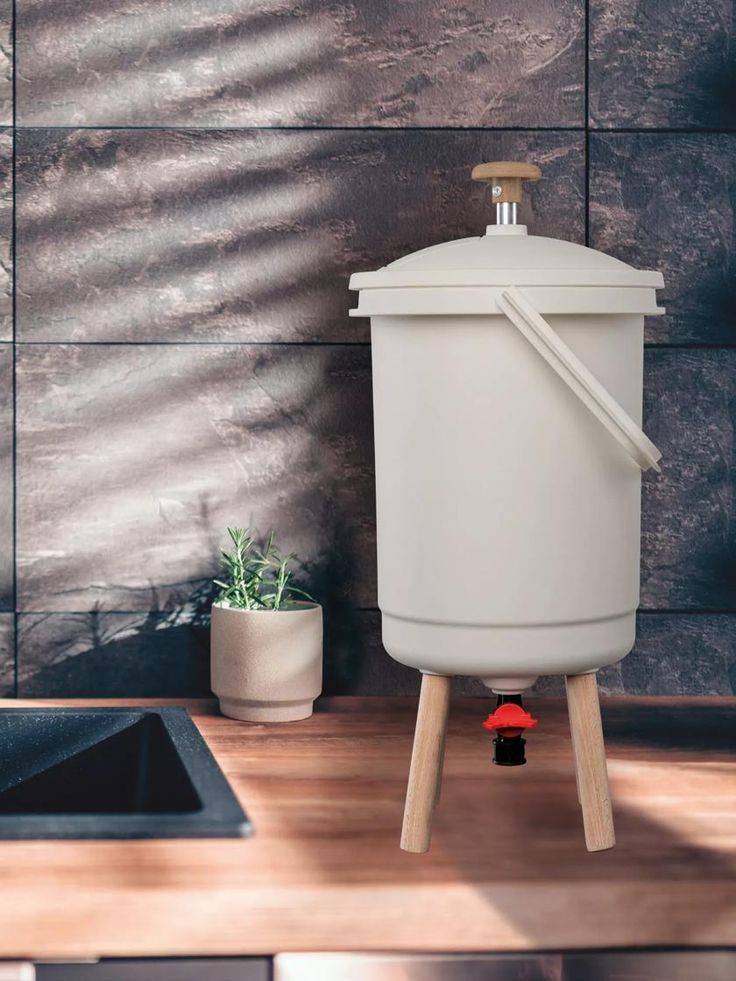
5. Kitchen Gloves
Keep your hands clean and happy while handling your waste and Bokashi bran. We recommend these handy and durable gloves we found on Amazon.
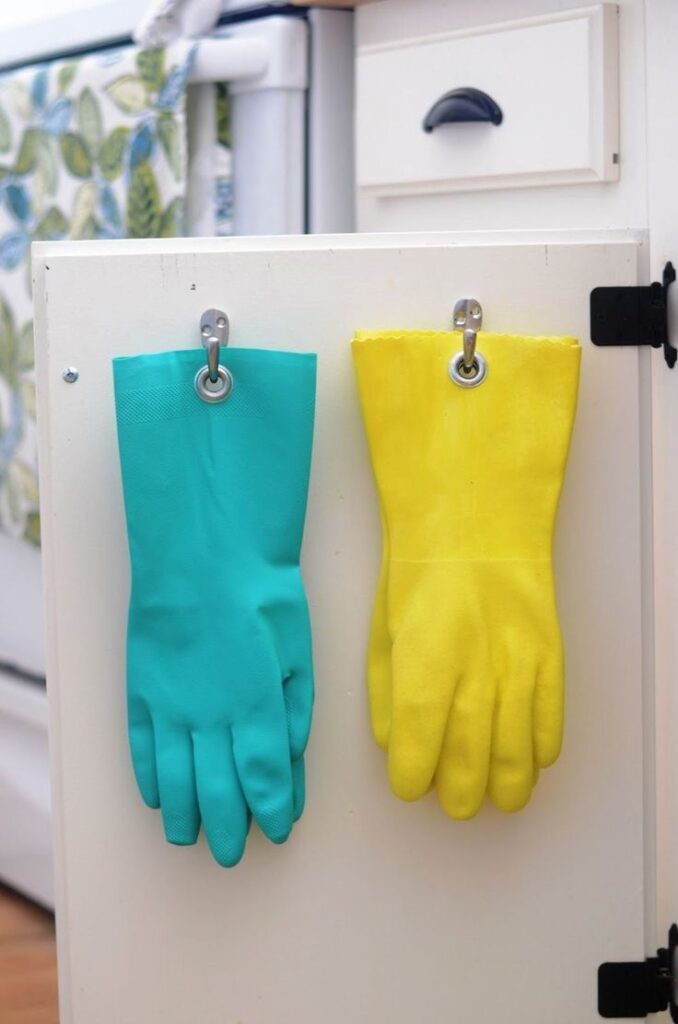
6. Spatula
You’ll need a spatula for patting down and leveling out your waste layers in the bucket. If you don’t have one handy, check out this set of spatulas for under $10.
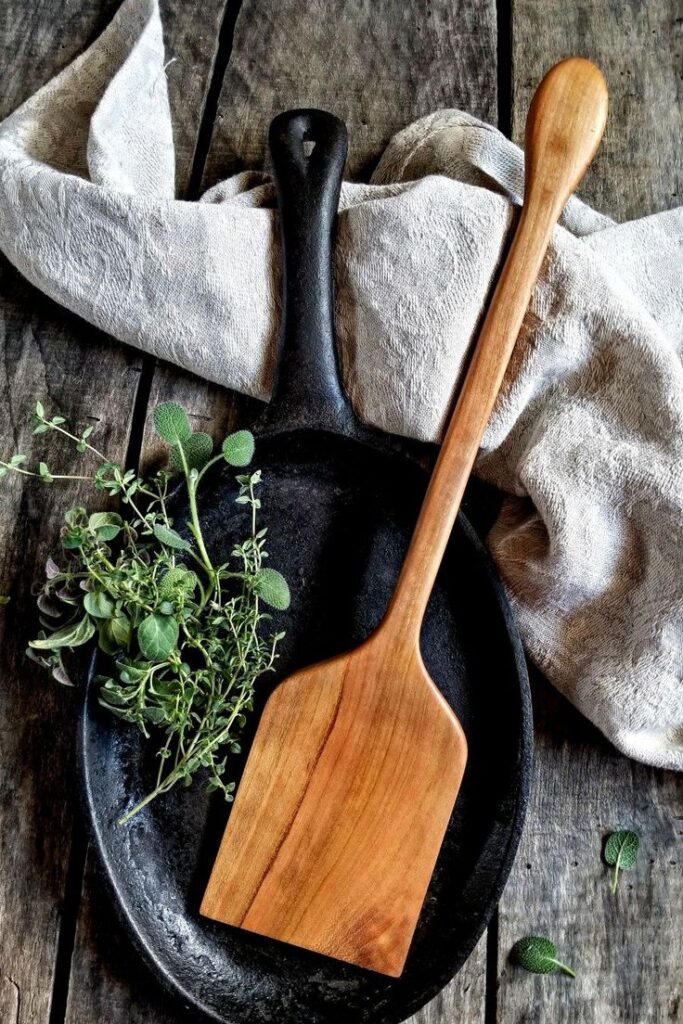
How to Start Your Bokashi Bin Magic
Now that you’ve got your essentials ready, it’s time to fill up your Bokashi bin. Start by sprinkling a generous handful of Bokashi bran at the bottom of your Bokashi bucket.
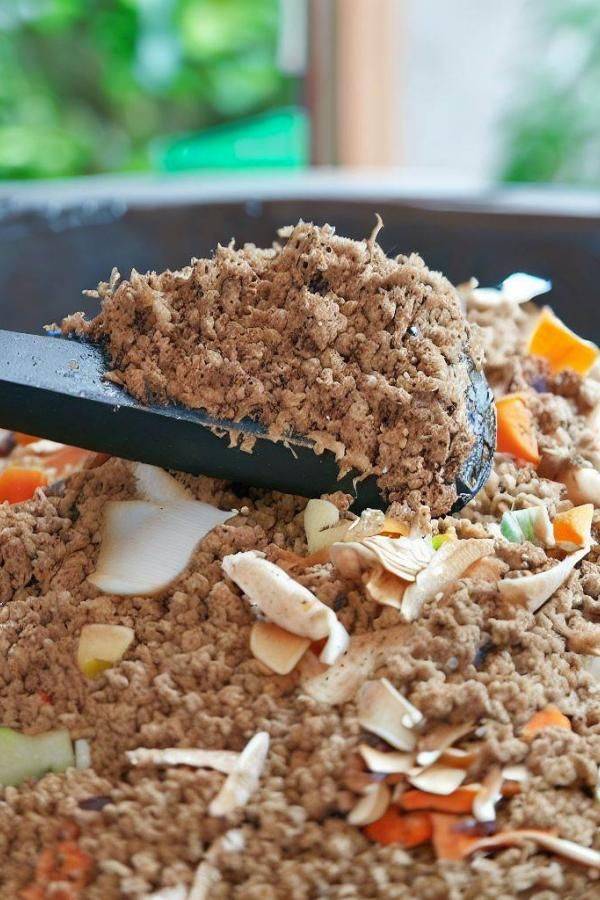
Not sure what bucket size you’ll need? Try these options:
- Countertop Bokashi Bucket (1-2 gallon bucket): These smaller Bokashi buckets are ideal for individuals or small households that generate a modest amount of kitchen waste. They can fit conveniently on your kitchen countertop, making it easy to access and add daily food scraps. Take a look at this countertop-sized Bokashi bucket with an easy lock lid.
- Medium-Sized Bokashi Bucket (2-5 gallon bucket): For a larger household or if you generate more kitchen waste, consider a medium-sized Bokashi bucket. These can still be kept indoors and are more suitable for families. This 4.4-gallon compost bin comes with Bokashi bran included.
- Large Bokashi Bin (5+ gallon bucket): If you have a large family, are a serious gardener, or generate a substantial amount of kitchen waste, a larger Bokashi bin might be the best choice. These can hold a significant volume of food scraps and will require a bit more space, such as in a pantry or garage. Check out this large Bokashi bin kit from Amazon.
Remember that the fermentation process in a Bokashi bucket usually takes about two weeks, so consider your waste generation rate when choosing the appropriate size.
 Buy Now →
Buy Now →  Buy Now →
Buy Now →  Buy Now →
Buy Now → 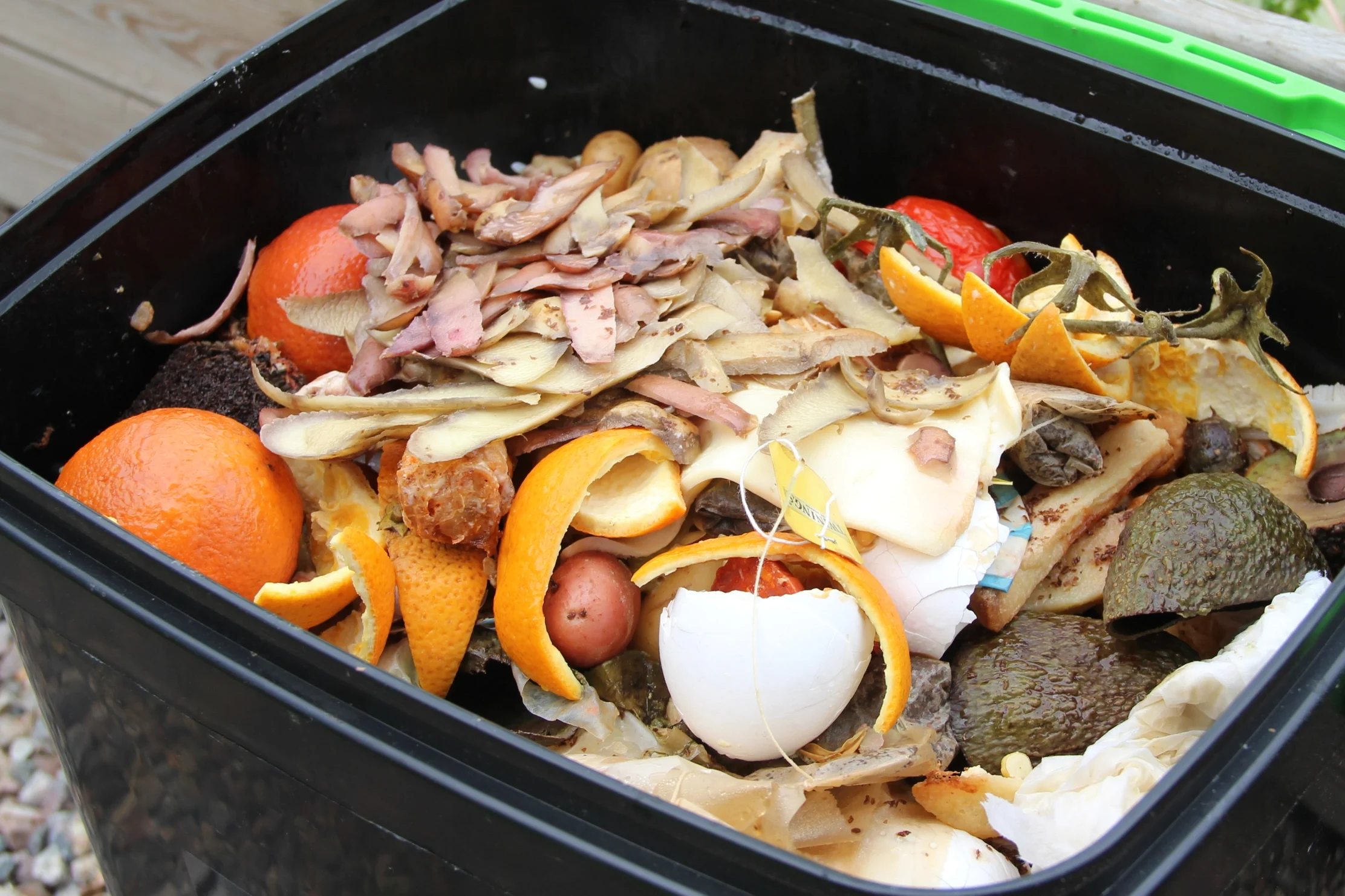
Fill Your Bin Up with The Good Stuff
After finding a cozy spot in your kitchen, garage, or pantry for your Bokashi bucket, grab your food waste. Collect all your kitchen scraps, from apple cores to coffee grounds, and chop them into manageable pieces. The smaller, the better!
Begin by adding a layer of kitchen scraps to your Bokashi bucket. After each layer, sprinkle a dash of Bokashi bran to keep the microbial party going.
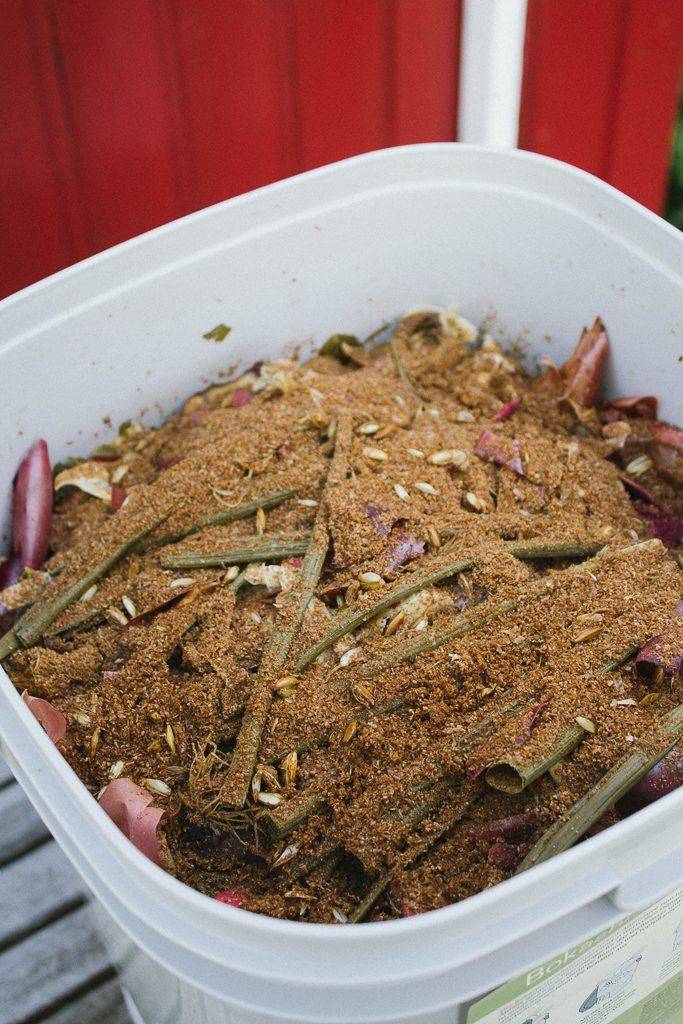
Press down on your scraps to eliminate air pockets. We’re going for an airtight environment here, remember?
End your layering with a final coat of Bokashi bran – it’s the grand finale!
The Funky Fermentation Process
Now that your Bokashi bucket is all dressed up, it’s time for the real action: fermentation. Here’s what you need to know:
Anaerobic Fermentation. Those beneficial bacteria and microbes in the Bokashi bran will work their magic on your kitchen scraps.
Bokashi Tea. During fermentation, a liquid—charmingly called “Bokashi tea” aka Bokashi juice—is produced. Some Bokashi buckets have a handy drainage tap to collect this nutritious liquid. Dilute it with water and use it to feed your plants. Be sure to drain the “tea” every few days.
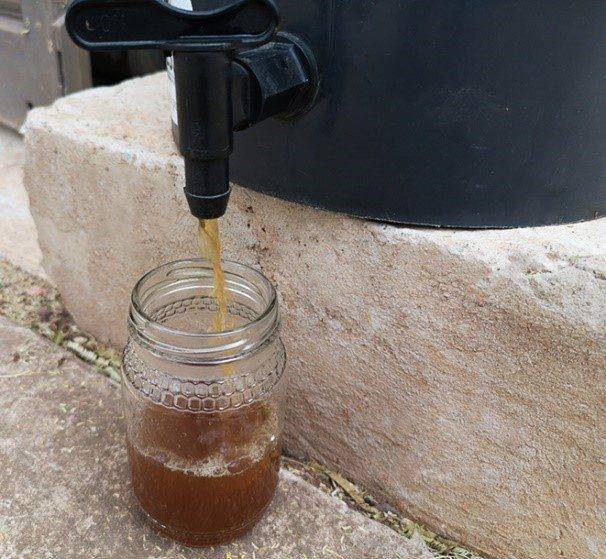
Peek inside your Bokashi bucket a few times during the week to make sure it’s airtight and fermentation is on track.
So, What Happens Next?
Once fermentation is complete (usually about two weeks), you’ve got a bucket full of Bokashi pre-compost. What’s next?
You can either bury it or go the traditional route. To bury the compost, dig a hole in your garden, bury the pre-compost, and let it continue breaking down while it nourishes the soil.
If you’re not ready to bury your pre-compost, add it to your regular compost pile.
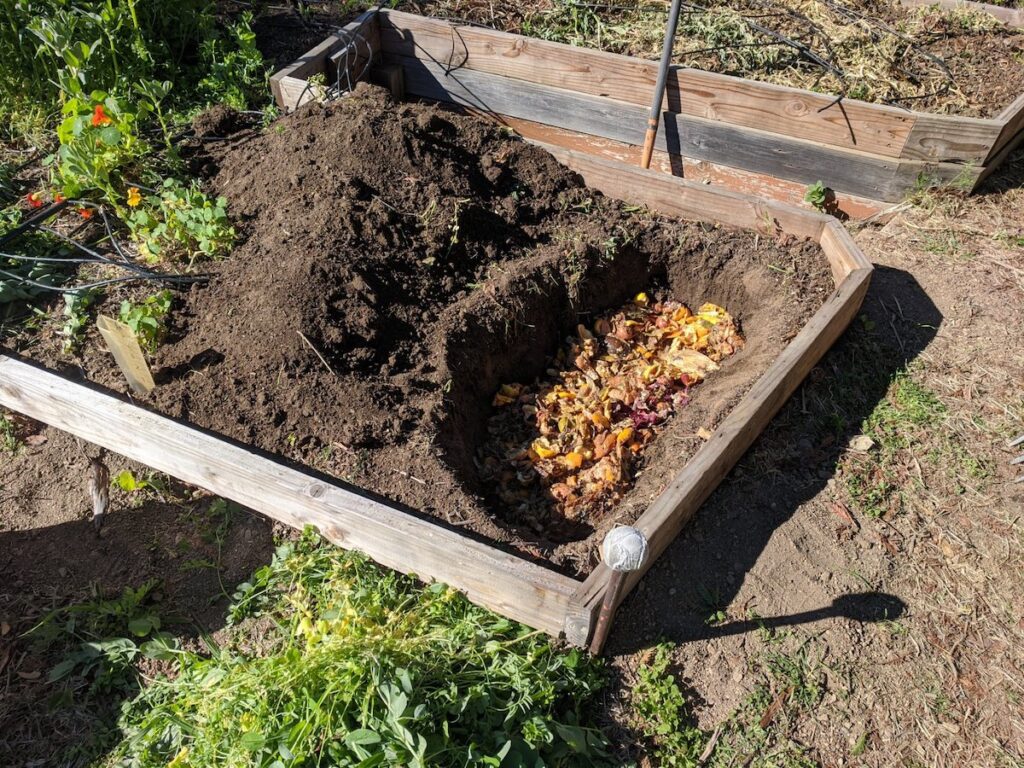
A Few Tips and Tricks for Rockin’ Your Bokashi
Got Mold or White Mold? Sometimes, mold might crash the party. No worries – just scrape it off, add more Bokashi bran, and make sure your bucket’s sealed tight.
Foul Odor – If a funky smell starts wafting from your Bokashi bucket, it might mean the lid isn’t sealing properly. Check the seal and sprinkle more Bokashi bran to quell the odor.
Accelerate the Fun – To speed up the fermentation, keep your Bokashi bucket in a warm place (70-80°F or 21-27°C) and avoid overloading it with super-wet waste.
Growing Green Goodness
Bokashi composting isn’t just about turning your kitchen scraps into useful soil – you get to make a positive impact on the environment. Not only does it reduce waste that would probably end up in a landfill (where it would cause harmful greenhouse gases), it helps make the world a little greener.
As an environmentally friendly practice, Bokashi composting helps reduce the burden on waste management systems. Additionally, Bokashi pre-compost enriches the soil with nutrients and beneficial microorganisms. promoting healthier plant growth and better soil fertility.
If Bokashi composting wasn’t already cool enough, it works to prevent food waste from decomposing in landfills and reduces the release of methane (a strong greenhouse gas).
So, if you’re looking for a unique, space-saving, and lightning-fast way to recycle kitchen waste while enriching your garden because of the benefits of Bokashi composting, it is your go-to option. Get ready to reap the benefits of this eco-friendly, slightly quirky approach to composting. Happy composting – and be sure to share this with a friend!
